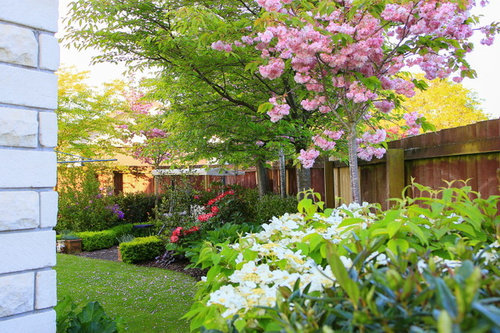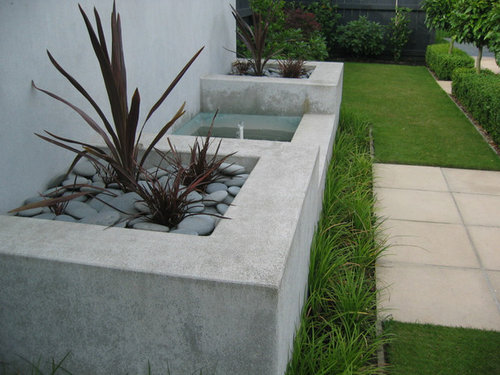What are your sensory garden ideas?
A garden can be so much more than a collection of plants thrown together to look good or the decorative finish around the boundary fence of your property. It can be a rich entity that touches people on a number of levels. Gardens can stimulate and excite our senses, bringing a soft and natural element to our complex and busy worlds. The concept of a ‘sensory garden’ has been well used by landscape designers to create experiential and therapeutic gardens for children, the elderly and those physically or mentally challenged. This concept can equally be applied to your home garden to enrich the quality and diversity of your own personal outdoor space. The most obvious experience in a garden is its visual appearance. Plant design can introduce and create living texture, form and pattern. Plants also introduce colour…. which we tend to shy away from in Christchurch. Often I note green and white our colours of choice and this creates a classic and restful aesthetic. Maybe we can explore an injection of restrained colour to broaden the visual experience. A scented garden is often the result of flowering plants and is easy to create. If you want to introduce scent try using Trachelospernum sp. as a climber or groundcover for rich fragrance. If you’re not convinced of the benefit of this experience try crushing the leaves or even walking past a Lemon Verbena in summer and see what impression that creates. An edible element can be worked into the design of almost any garden regardless of its size. This introduces taste to your outdoor space. Don’t limit this to a vege garden tucked around the back by the clothesline. Think fruiting hedges, herbs in pots and citrus in a sheltered sunny spot close to the bbq. This edible element will create gardening interest for children (or the grand-children). Picking sweet fresh peas and strawberries from Grandads garden can be an enduring memory. Plant texture will often introduce a tactile element to garden design that makes you want to touch. I can remember as a young kid just having to touch a cacti at the botanic gardens – even though I knew it would be sharp. Water features add another touch experience to your space that can cool hands or feet on hot summer days. The sound of moving water can also add a gentle background ambience. The crunchy sound of walking on a gravel path somehow lets me know I’m in a more natural state and brings back memories of tramping in the bush. The combined effect of activating all our senses with simple garden elements can create spaces that we are more connected with and help us feel more alive. What are your sensory garden ideas?






User
Related Discussions
Vertical garden on side of house?
Q
Shower over bath? Your opinion required
Q
need some ideas for planting at bottom of our home
Q
Need Ideas for Backyard
Q